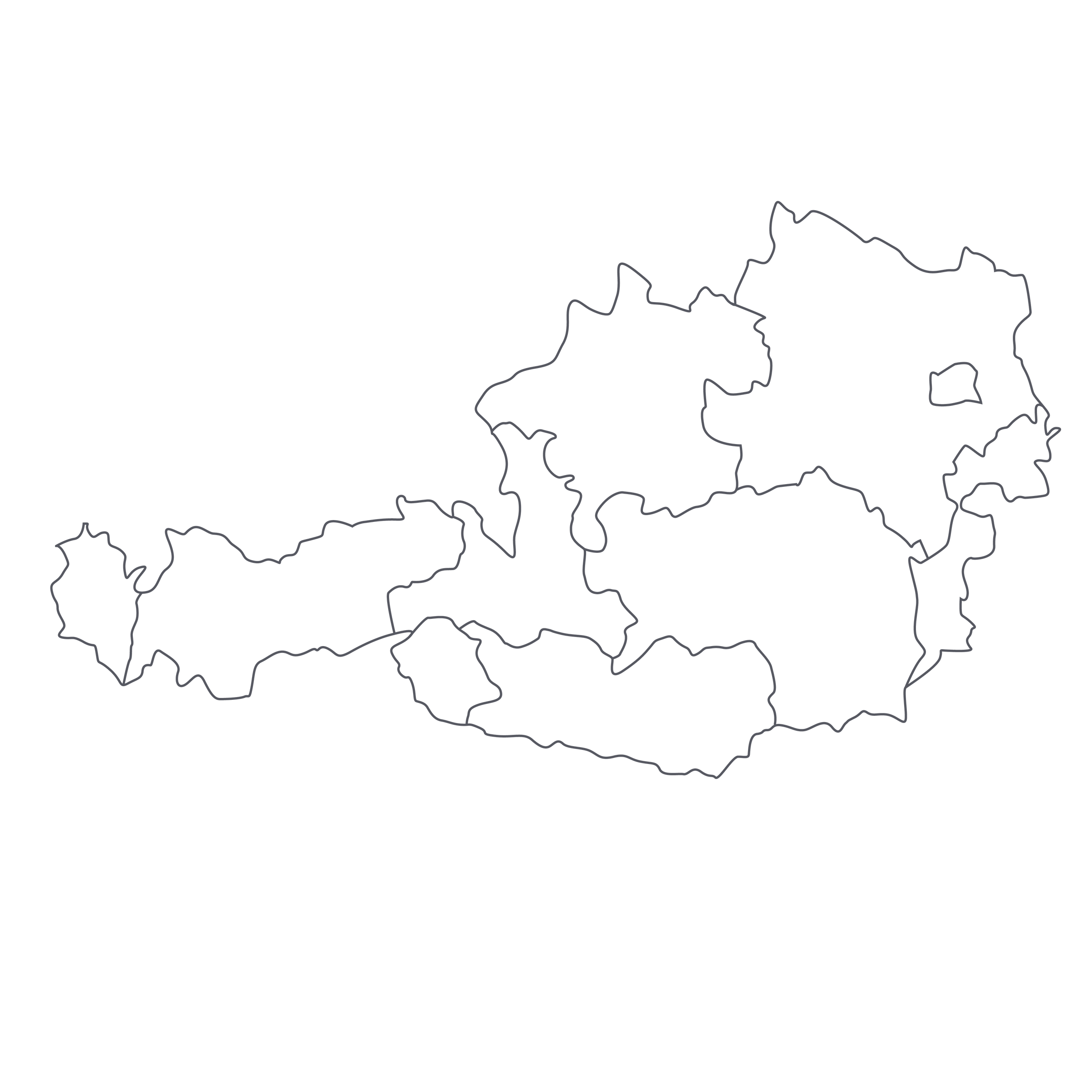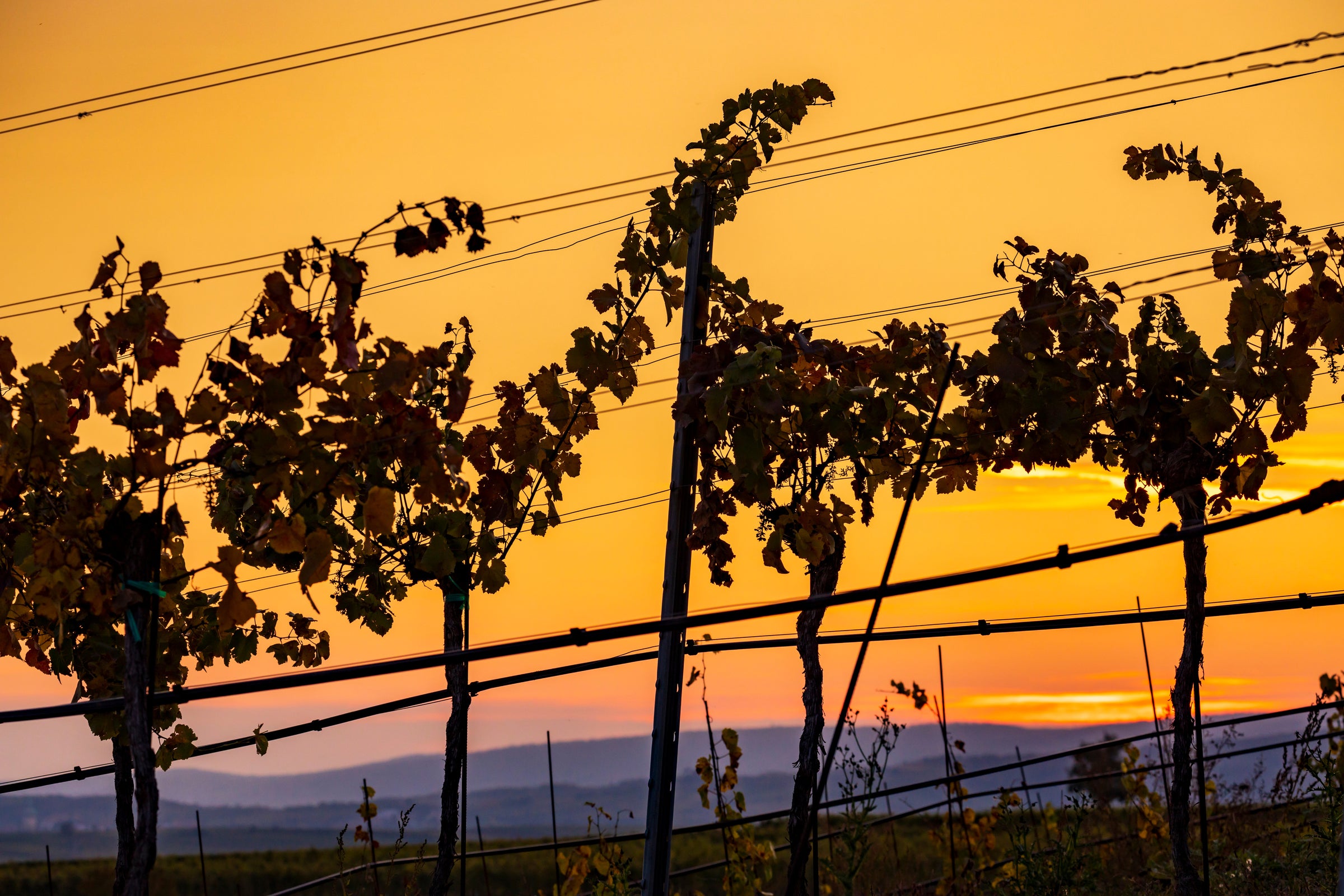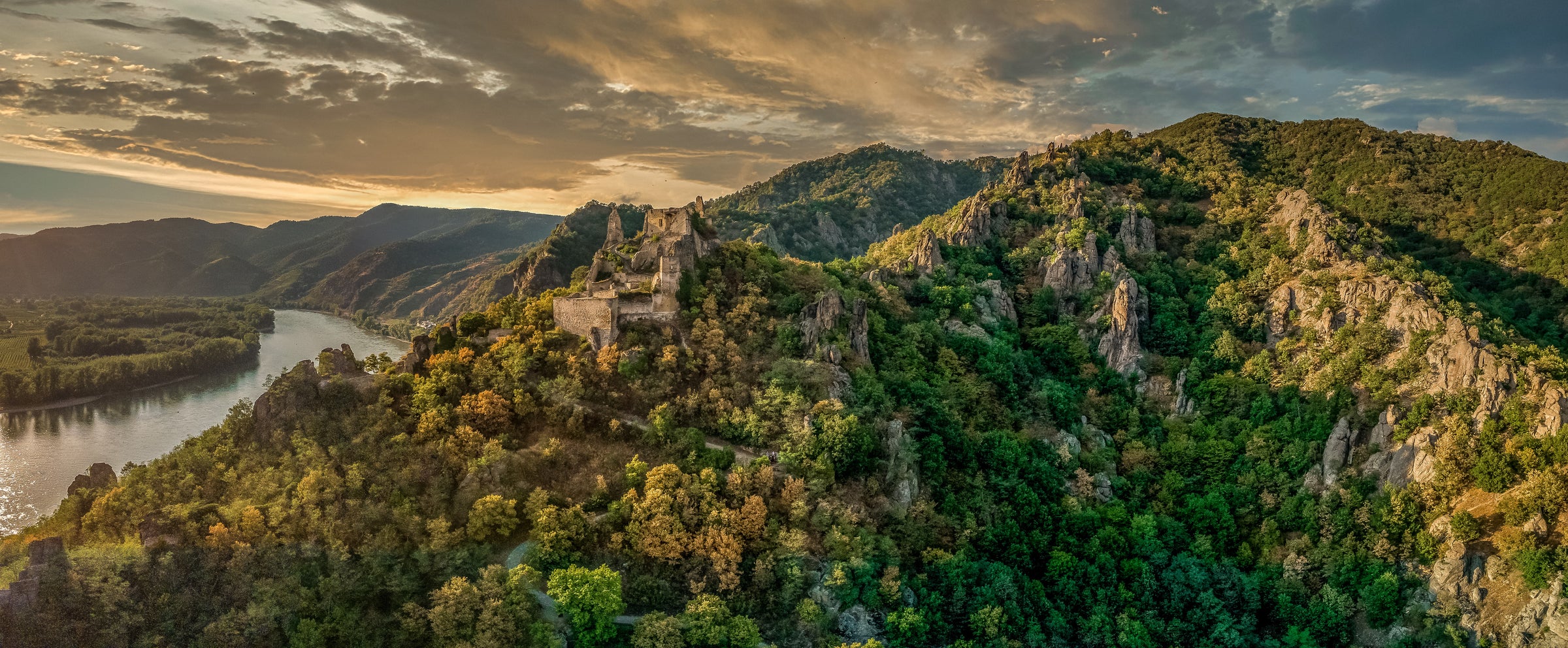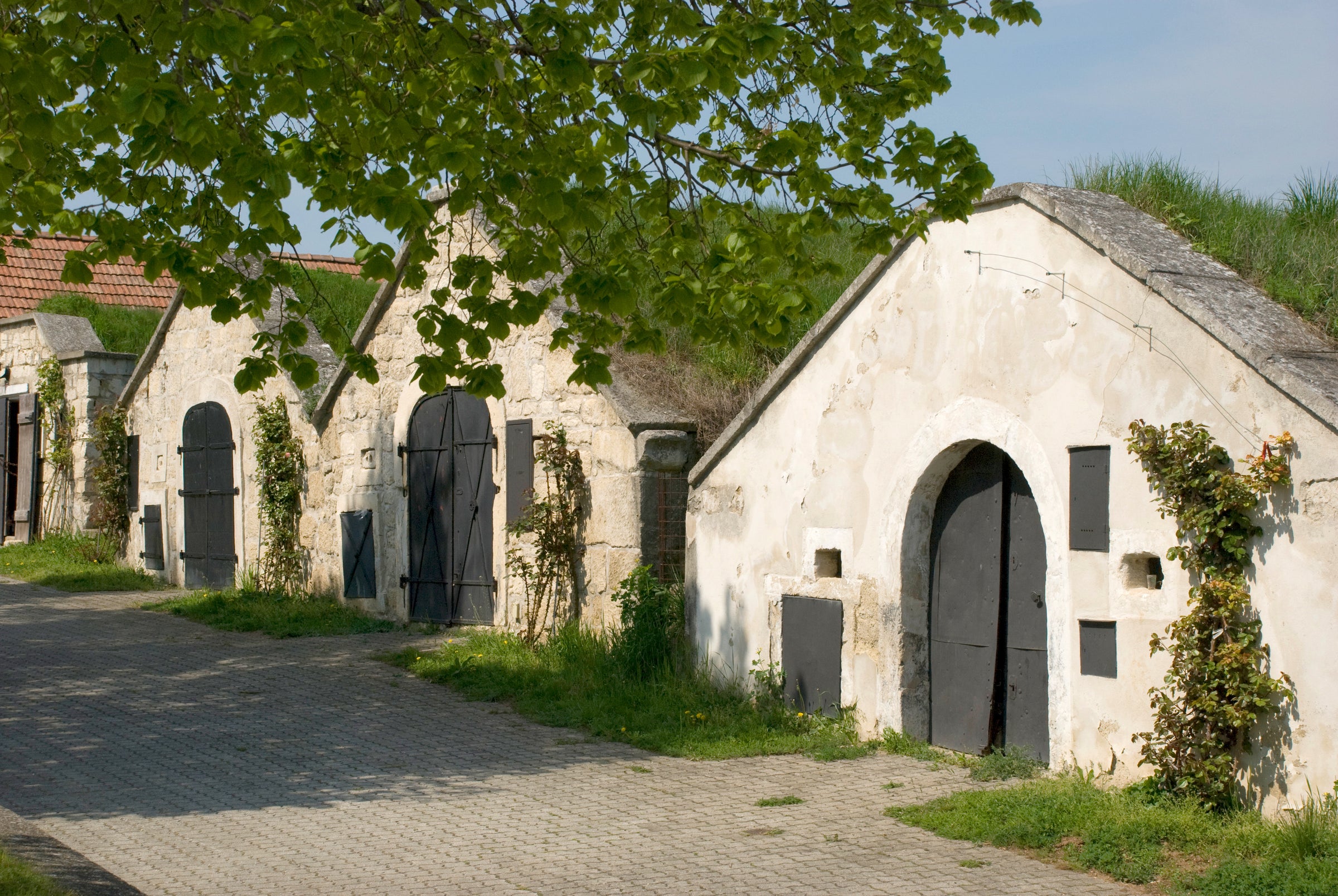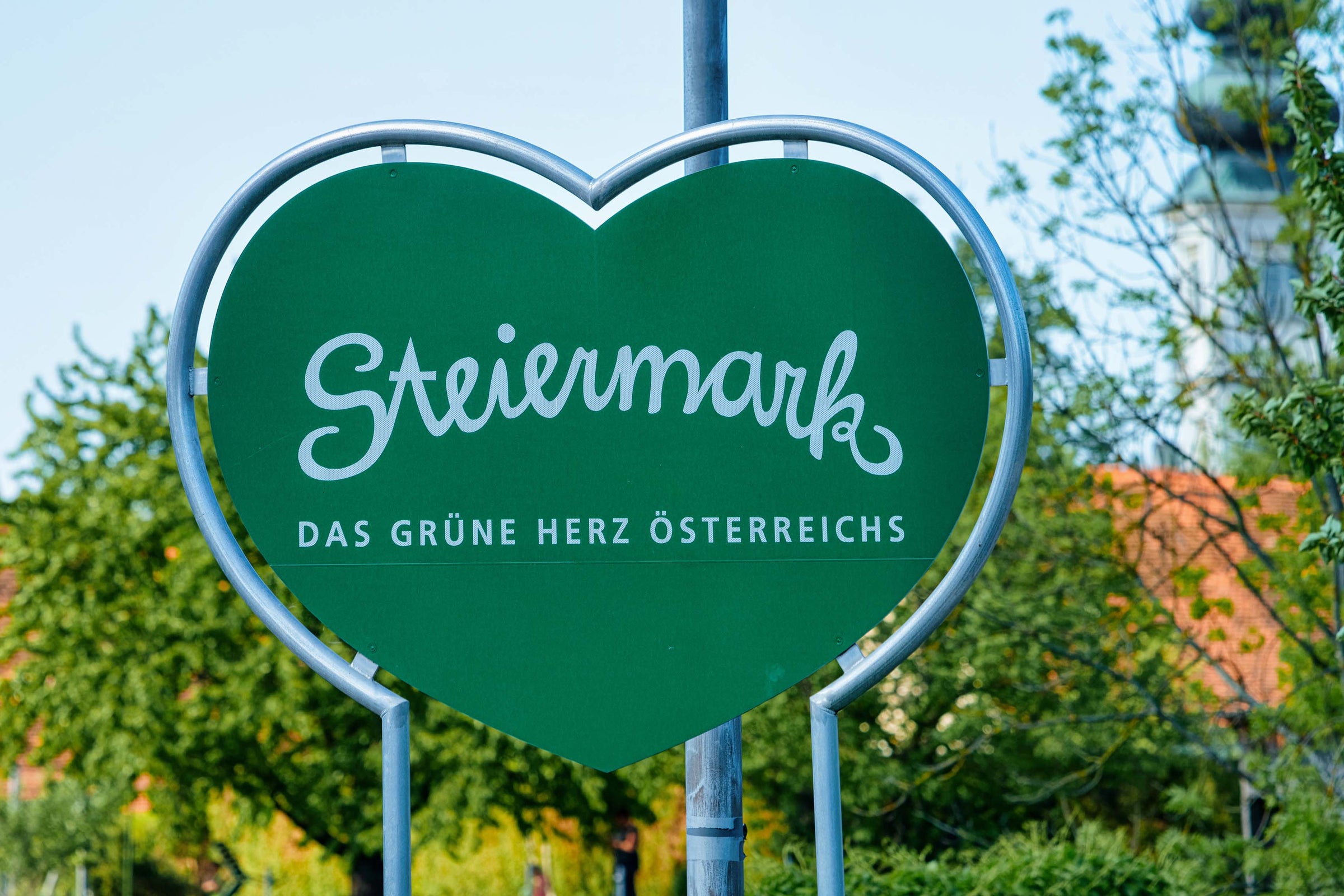Imagine summer in Vienna, Austria. You wind through narrow, cobbled streets, pulled by the lure of a cold libation. Your destination is a little heuriger, a local watering hole, just a quick train ride from the city center. The doors open and thirsty patrons spill out into an unlikely vineyard, searching for the perfect picnic table among the vines. This is Nussberg, Vienna’s finest growing zone and the fabled source of today’s gorgeous, bone-dry Riesling.
Located in the city’s northern section, Nussberg’s rolling hills are actually the last foothills of the Alps, and feature the highest elevations in Vienna’s city limits. Today’s dry Riesling hails from the biodynamically farmed “Obere Schoss” vineyard, the indisputable ‘filet’ of Nussberg. Its weathered shell-limestone terraces have hosted centuries of discerning Viennese seeking fresh wine and cool breezes off the Danube, in addition to nurturing Rieslings of extraordinary quality. While most of us can only dream of spending the afternoon in a heuriger, drinking Zahel’s “Obere Schoss” will get you as close as possible. Crisp, bone-dry, and exotically perfumed, this is precisely the Riesling you’d want to sip alongside a platter of fine cheeses while the sun sets over the city. If you ask me, $29 is a small price to pay to be instantly transported to the hillsides of Vienna!
Zahel is a staple on my Spring dining table, as much for their story as for the exceptional wines themselves. Alex is the fourth generation of the Zahel family to make wine within the Vienna city limits. He’s the driving force behind converting all their vineyards to biodynamic farming practices; no small feat when you consider they’re the only producer in Vienna with holdings in all of the city's growing districts. To drink Zahel wines is to take a tour through the unique terroirs of the city. Ried Obere Schoss is the most arresting, a site that’s built its reputation over centuries of producing extraordinary Rieslings and field blends (“Gemischter Satz”). The steep terraces are dotted with chunks of limestone in which it’s not unusual to find the imprint of some ancient sea creature. That’s because the soils of Nussberg date back to the same age that formed the limestone-rich terroirs of Burgundy and Champagne. You can taste that shared pedigree in today’s Riesling, as it rings with crystalline minerality.
The “Obere Schoss” vineyard receives the perfect combination of day-long sunlight on its South-facing slopes and a cooling breeze off the Danube in the early evenings. It’s a unique microclimate well-suited for developing Riesling’s slightly leaner, more structured side—it also doesn’t hurt that these particular vines average 40 years of age, providing an extra dose of concentration. The Zahel team is invested in preserving that clarity, carefully hand-picking fruit and subjecting it to a six-day maceration in the cellar. As temperatures in the vats increase, fermentation kicks off naturally. Maturation is split between amphora and used Stockinger barrels—the world’s most highly coveted Austrian coopers. Ten months on the fine lees plumps the Nussberg Riesling’s natural elegance, and it’s finally bottled without fining or filtration.
I recommend decanting for at least 30 minutes—sip on an Almdudler in the interim. It’s well worth the wait: This Riesling positively vibrates in the glass, a silvery green-yellow with enough energy to power your entire evening. There are aromas of fresh-cut grasses and fennel fronds abound, layered with elderflower, crabapple, and pineapple core. Green apple slices, mango peel, and Kaffir lime build on the midpalate, then crash in a wave of salinity. It’s held upright with taut strings of acidity, but the finish is delightfully ample. Bone-dry and generously textured, the Nussberg will pair perfectly with a picnic of smoked salmon sandwiches heaped with slices of crunchy cucumber. It would be a crime to enjoy this wine anywhere but outdoors—at the very least, put down a blanket in the middle of the living room and play pretend. Enjoy!


